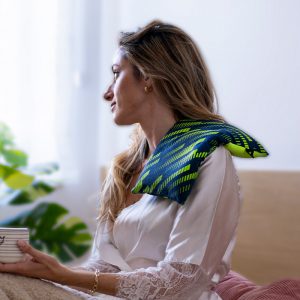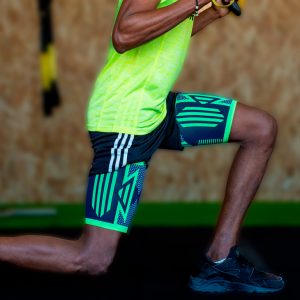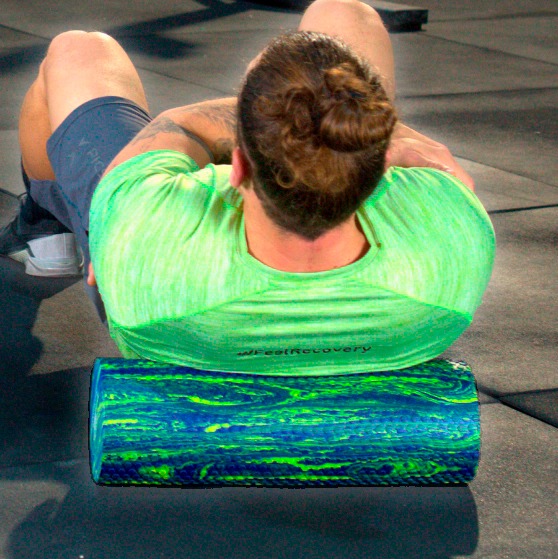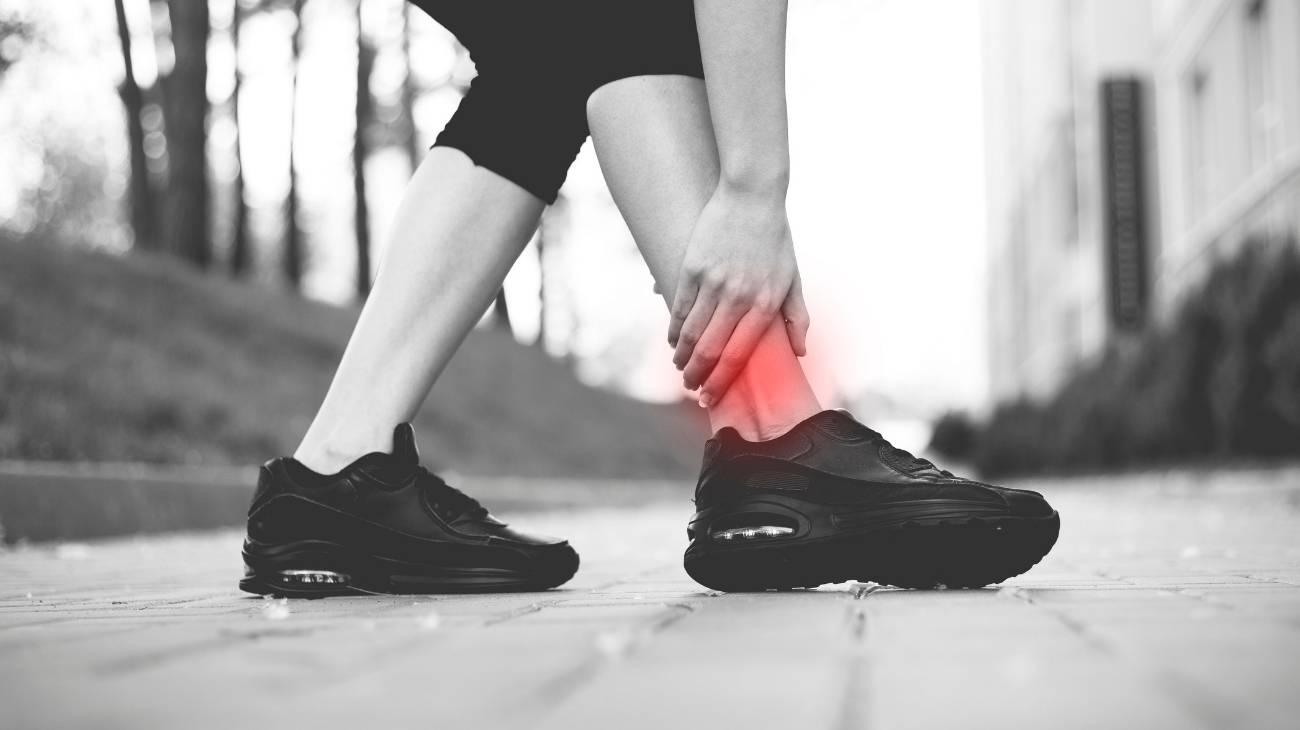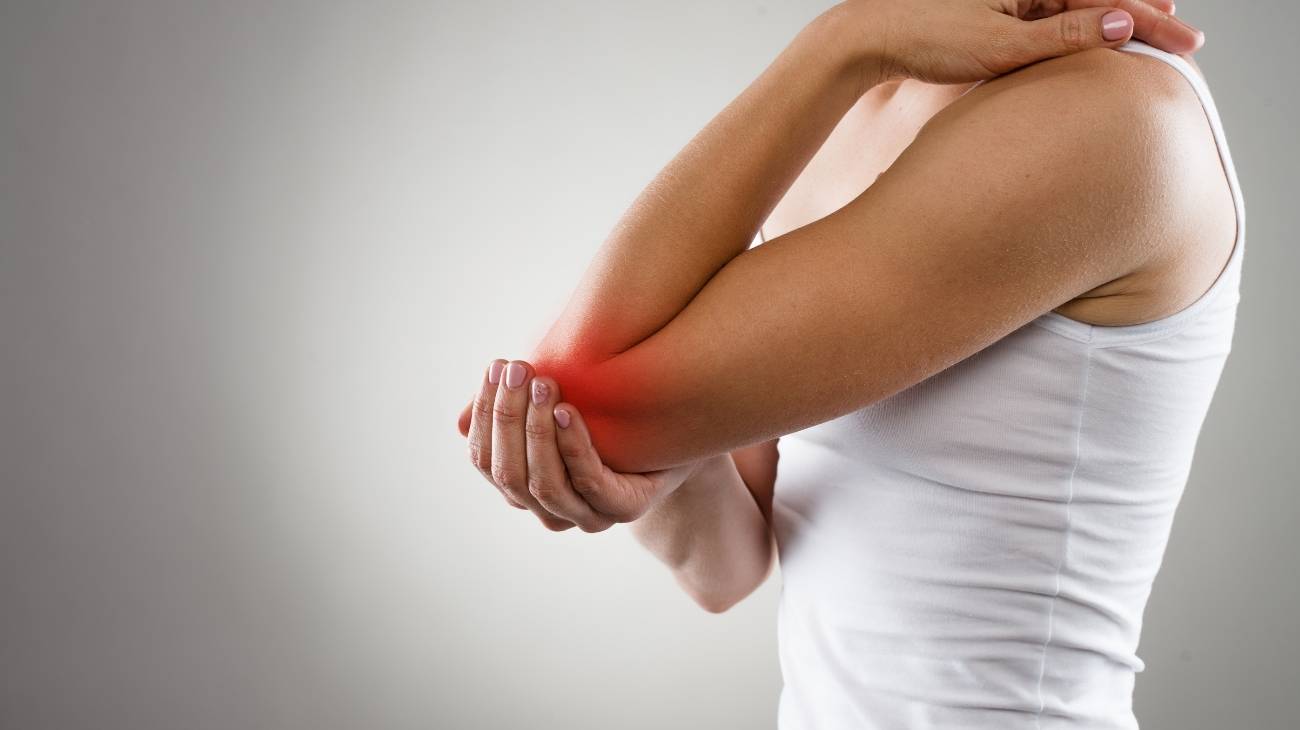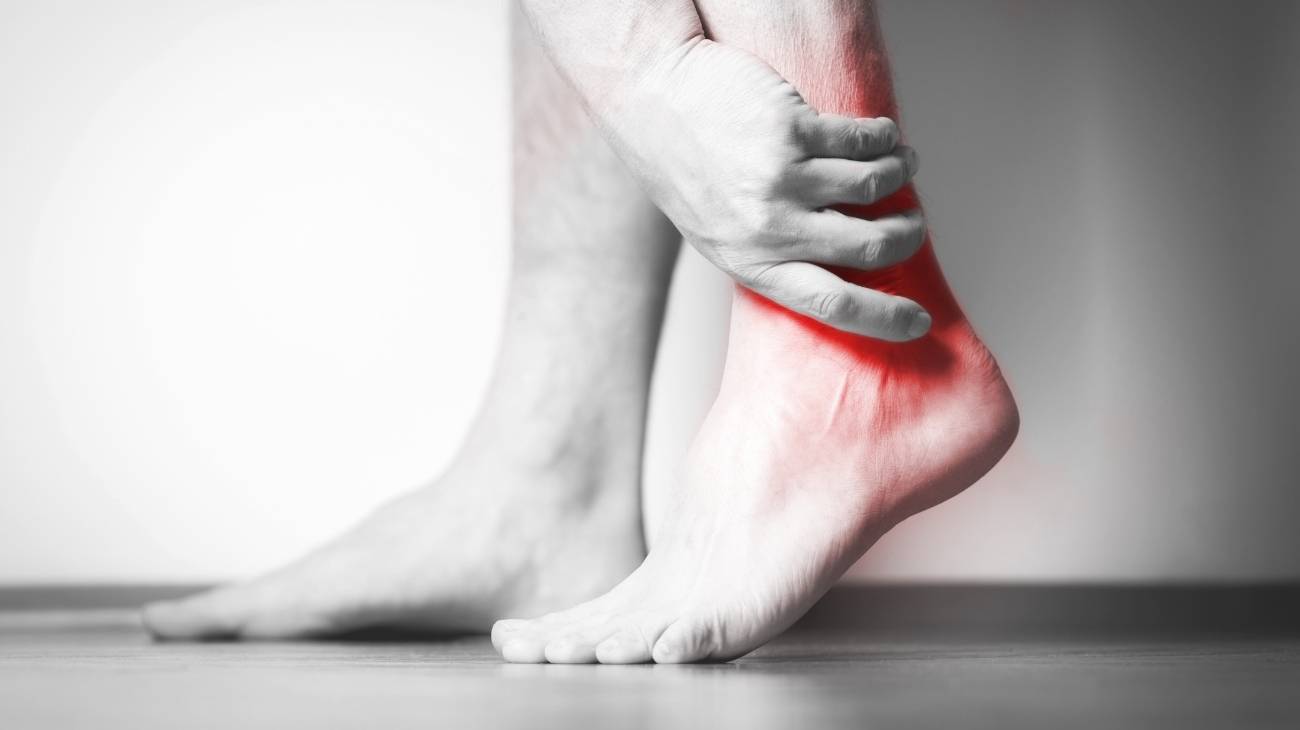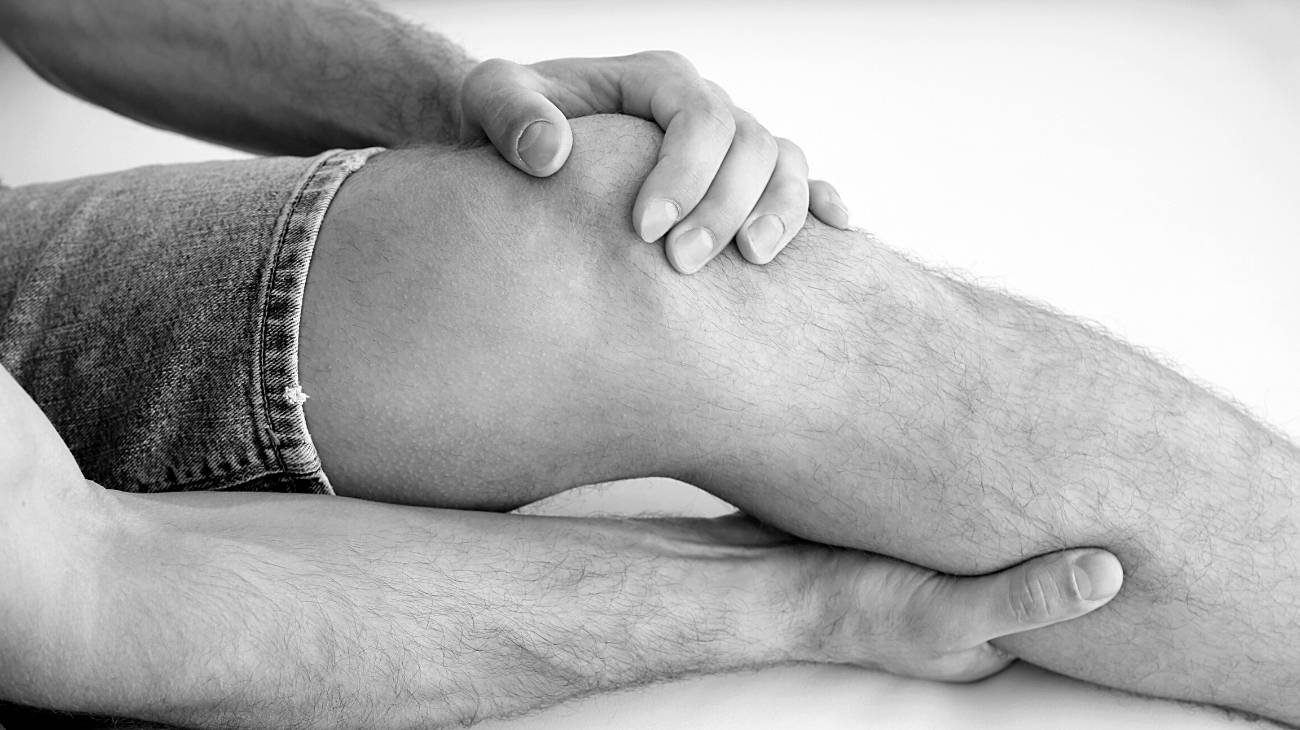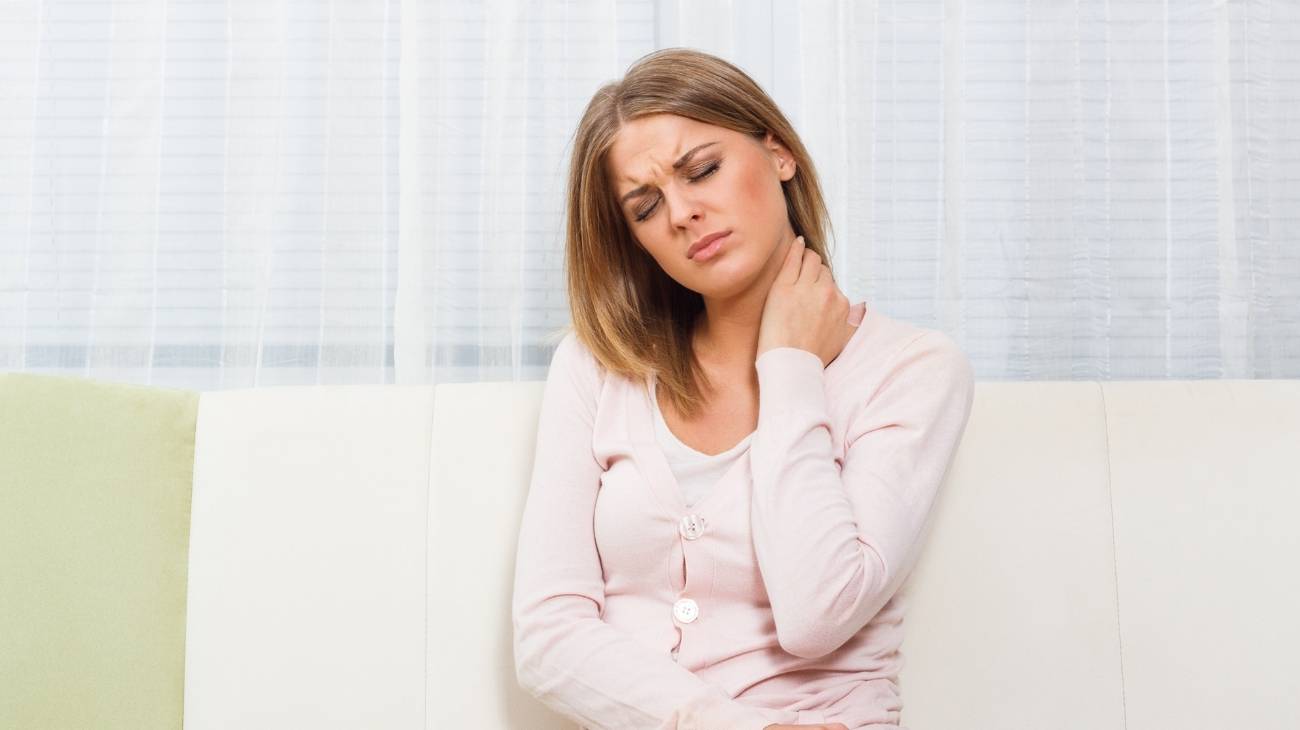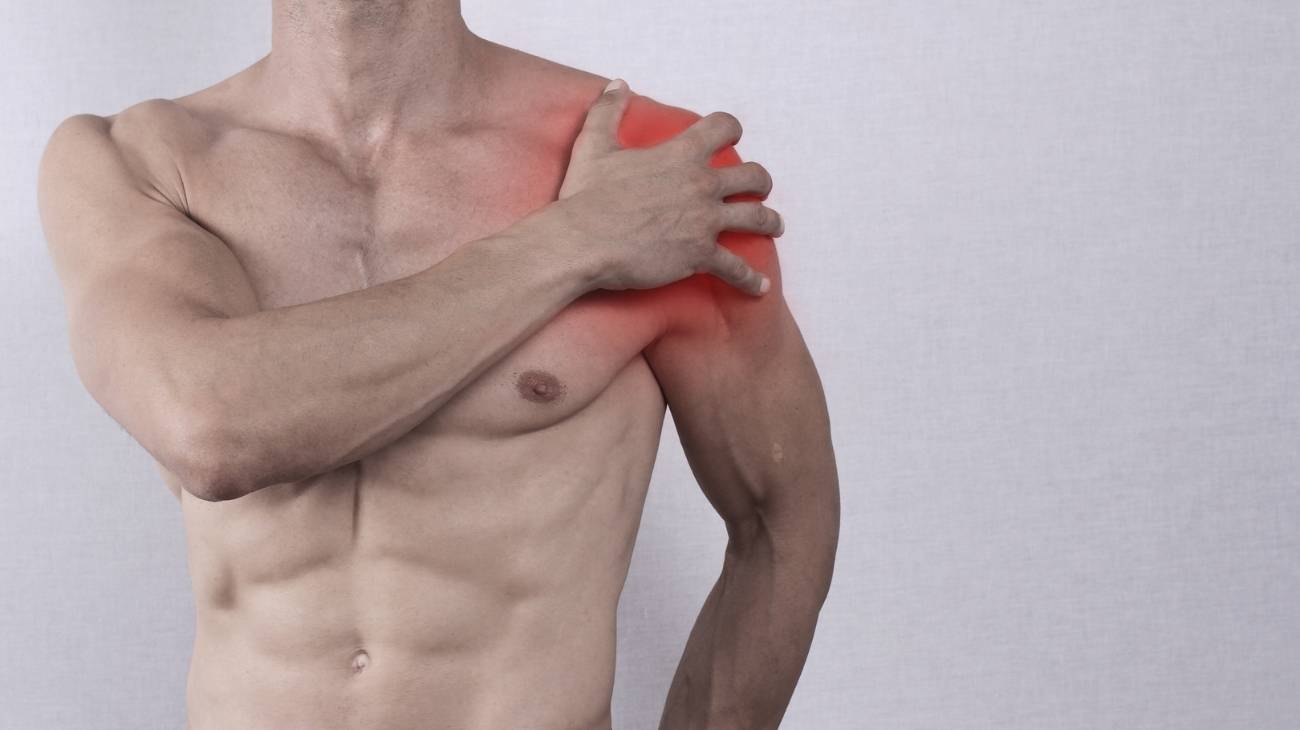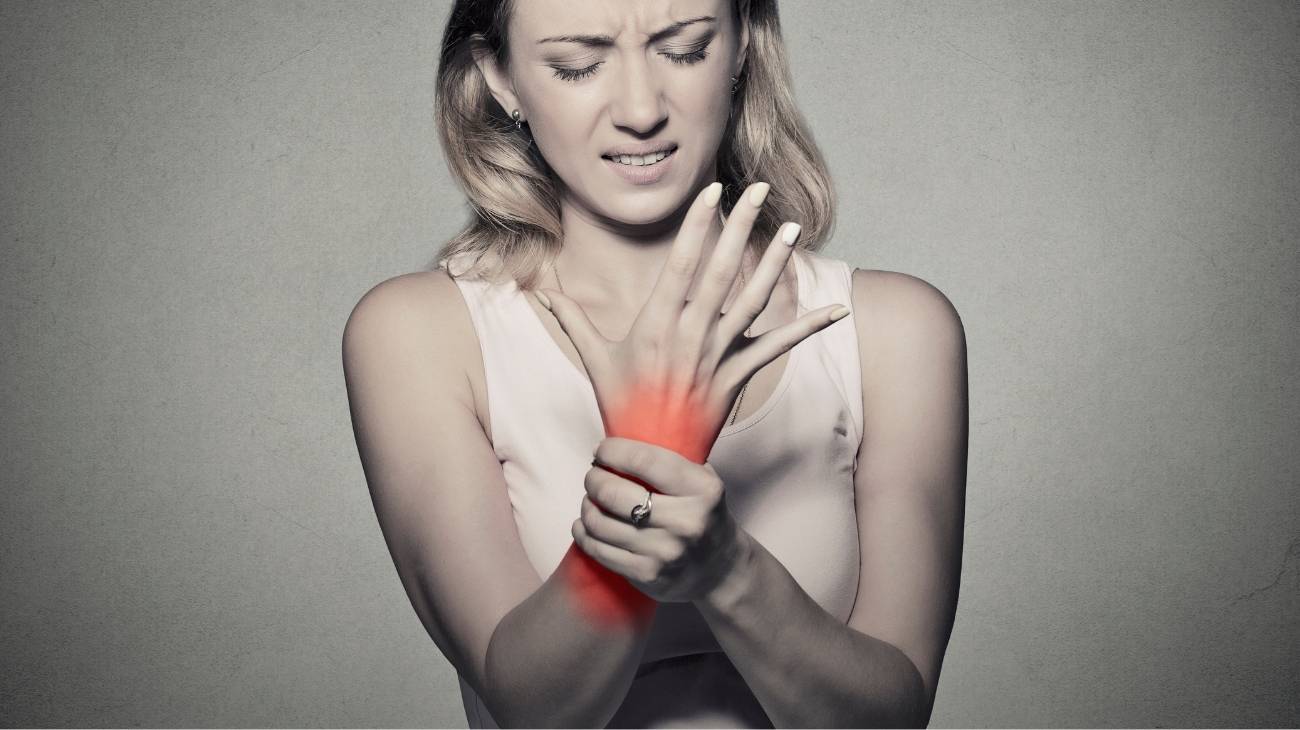A shoulder sprain is a common injury that occurs when the ligaments connecting the shoulder bones are stretched or torn. This can result from sudden impacts, repetitive movements, or overexertion, leading to symptoms such as swelling, pain, and reduced range of motion. Proper treatment is essential to restore shoulder mobility and prevent long-term complications.
Compression therapy plays a vital role in managing shoulder sprains. High-quality compression sleeves for the shoulder provide consistent pressure to reduce swelling and improve circulation. By enhancing blood flow, these sleeves accelerate the delivery of oxygen and nutrients to the injured ligaments, promoting faster recovery.
Cold therapy is most effective during the first 48 hours after the injury. Applying cold packs to the shoulder helps reduce swelling and alleviate pain by constricting blood vessels. This immediate action minimizes inflammation and provides soothing relief for acute discomfort.
As the healing process progresses, heat therapy becomes an essential tool. Heat packs or wraps relax tense muscles and improve flexibility by increasing blood circulation in the affected area. Using heat therapy before rehabilitation exercises can enhance the effectiveness of stretches and mobility training.
Electrotherapy devices such as TENS units are excellent for managing shoulder sprain pain. By delivering low-frequency electrical impulses, TENS therapy blocks pain signals and stimulates endorphin release. This non-invasive method can be combined with other therapies to enhance comfort and recovery.
Shoulder braces and ergonomic supports are invaluable for maintaining proper alignment and stabilizing the joint during recovery. These supports limit unnecessary movement, protecting the shoulder from further strain. Using a brace ensures that the healing process is uninterrupted and the shoulder remains in a secure position.
Incorporating rehabilitation exercises is key to regaining full mobility after a shoulder sprain. Resistance bands are particularly useful for strengthening the surrounding muscles with controlled, low-impact movements. These exercises improve shoulder stability, making it less prone to future injuries.
Massage therapy is another effective method for alleviating muscle tension and promoting blood circulation. Massaging the surrounding areas not only reduces stiffness but also supports the natural healing process. When combined with heat therapy, massage provides comprehensive relief and enhances recovery outcomes.
Choosing the right recovery products is essential for treating shoulder sprains effectively. Compression sleeves, cold and heat therapy, ergonomic supports, and targeted exercises all play a role in reducing pain and restoring shoulder functionality. Invest in the tools that align with your recovery goals and experience lasting relief from shoulder sprain discomfort.
FAQ: Frequently Asked Questions
What are the benefits of using shoulder compression sleeves?
Shoulder compression sleeves reduce swelling, improve circulation, and provide joint support, which accelerates recovery and minimizes the risk of further injuries.
When should I use cold therapy for a shoulder sprain?
Cold therapy is most effective within the first 48 hours of the injury to reduce swelling and relieve acute pain.
Are shoulder braces comfortable to wear?
Yes, modern shoulder braces are designed with ergonomic materials to provide comfort and stability without restricting necessary movement.
How does heat therapy help with shoulder sprains?
Heat therapy increases blood flow to the affected area, relaxes muscles, and reduces stiffness, making it ideal for recovery after the initial swelling subsides.
Can resistance band exercises prevent future shoulder sprains?
Yes, resistance band exercises strengthen the shoulder muscles, improving stability and reducing the risk of future sprains.

